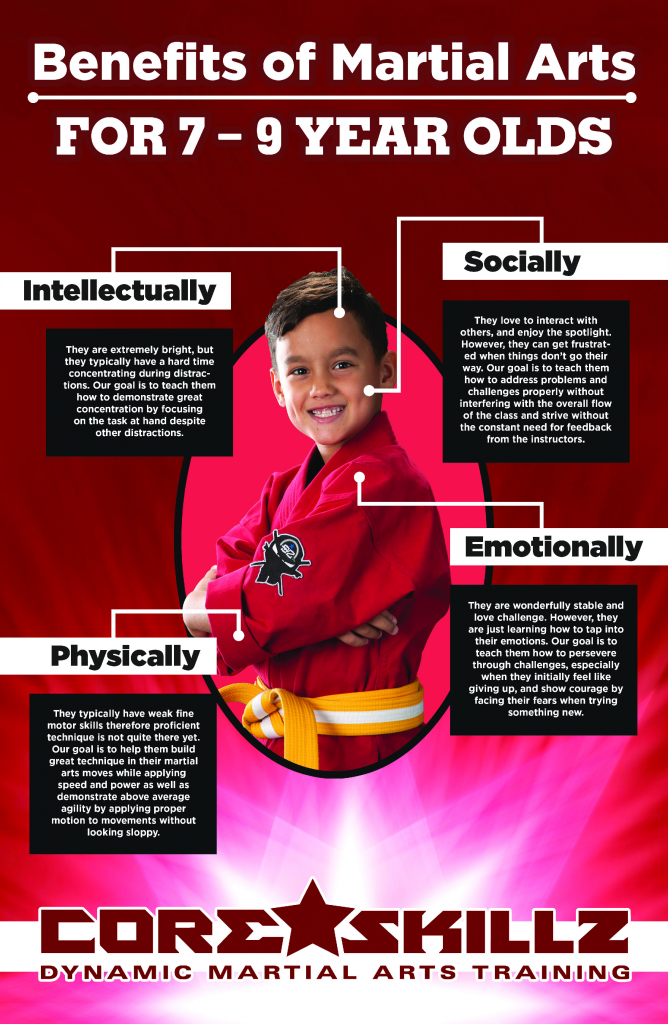The History And Ideology Of Martial Arts: A Deep Dive
The History And Ideology Of Martial Arts: A Deep Dive
Blog Article
Web Content Author-Barber Henson
Step into the ancient world where martial arts were born out of necessity in varied regions. Cultures crafted distinct combating designs intertwined with historic contexts. Techniques developed over centuries via dedicated practice and social exchanges. Today, modern-day martial arts mix conventional aspects for maximum efficiency. https://www.scmp.com/sport/martial-arts/kickboxing/article/3230095/one-championship-tawanchai-sorry-breaking-davit-kirias-arm-vicious-kick-fight-night-13 , martial arts highlight technique, self-improvement, and consistency. Respect, humility, and equilibrium are foundational principles leading specialists in the direction of growth and resilience. Check out the midsts of this abundant background and viewpoint to uncover the extensive influences forming this long-lasting self-control.
Origins of Fighting Style
Martial arts came from different regions around the globe, progressing as useful fight systems to prevent risks. https://top-10-martial-arts65421.atualblog.com/36353322/advantages-of-martial-arts-guideline-for-kids battling designs were created out of requirement, with each society crafting techniques fit to their distinct settings and obstacles. From the grappling arts of Jujutsu in Japan to the striking techniques of Kung Fu in China, martial arts were deeply intertwined with the historic, social, and cultural material of their particular societies.
In Japan, the samurai course refined martial arts like Kenjutsu, the art of the sword, which later on progressed into the more popularized kind of Kendo. On the other hand, in Brazil, Capoeira became a mix of dancing and fight, produced by enslaved Africans as a means to stand up to injustice. Each martial art carries with it an abundant history and viewpoint, reflecting the values and beliefs of the people who practiced them.
As you delve into the beginnings of martial arts, you reveal a tapestry of human ingenuity, resilience, and the stubborn spirit of warriors throughout time.
Advancement of Methods
Through centuries of practice and improvement, battle strategies within various martial arts have undertaken a profound advancement. From old styles like Martial art and Martial arts to extra contemporary techniques such as Brazilian Jiu-Jitsu and Krav Maga, the development of strategies has actually been driven by a combination of cultural impacts, useful applications, and technical advancements.
One substantial facet of this evolution is the cross-pollination of techniques in between various martial arts. As an example, strategies from typical Japanese Jiu-Jitsu were incorporated right into the development of Judo by Jigoro Kano in the late 19th century. This mixing of styles has caused the development of hybrid martial arts like Mixed Martial Arts (MIXED MARTIAL ARTS), which integrate components of striking, grappling, and submission strategies.
Moreover, the development of techniques has been formed by the enhancing focus on effectiveness and performance in fight. Experts have continually looked for to fine-tune their strategies via extensive training, testing, and competitors, leading to the development of extremely specialized and reliable combating styles. Overall, the advancement of techniques in martial arts reflects the dynamic nature of battle and the continuous pursuit for enhancement and innovation.
Philosophical Foundations
Exploring the underlying thoughtful concepts of martial arts gives understanding into their core values and guiding beliefs. At the heart of several martial arts techniques is the concept of self-control itself. By educating your body and mind to act as one natural unit, you grow technique that expands beyond the dojo or gym right into everyday life. This discipline incorporates respect, humility, and self-discipline, forming not just your physical capacities yet likewise your character.
One more basic thoughtful structure in martial arts is the idea of constant self-improvement. The journey of mastering a martial art is nonstop, with specialists continuously striving to much better themselves, both physically and mentally. This focus on growth cultivates strength, willpower, and a development mindset that can be put on all facets of life.
Moreover, martial arts stress the importance of harmony and balance. Methods are designed to utilize a challenger's energy versus them, highlighting the principle of yielding and rerouting force as opposed to satisfying it head-on. This philosophy reaches social connections, advertising peaceful resolutions and good understanding. By embracing these philosophical structures, martial musicians not only improve their battle skills yet also cultivate a lifestyle centered on personal growth, regard, and harmony.
Final thought
In conclusion, the background and ideology of martial arts use an abundant tapestry of custom, discipline, and self-improvement.
Take for example the tale of Bruce Lee, that revolutionized martial arts by blending various designs and ideologies to produce his own distinct type of Jeet Kune Do.
With commitment and development, martial artists remain to press boundaries and inspire others to reach their complete potential both in battle and in life.
